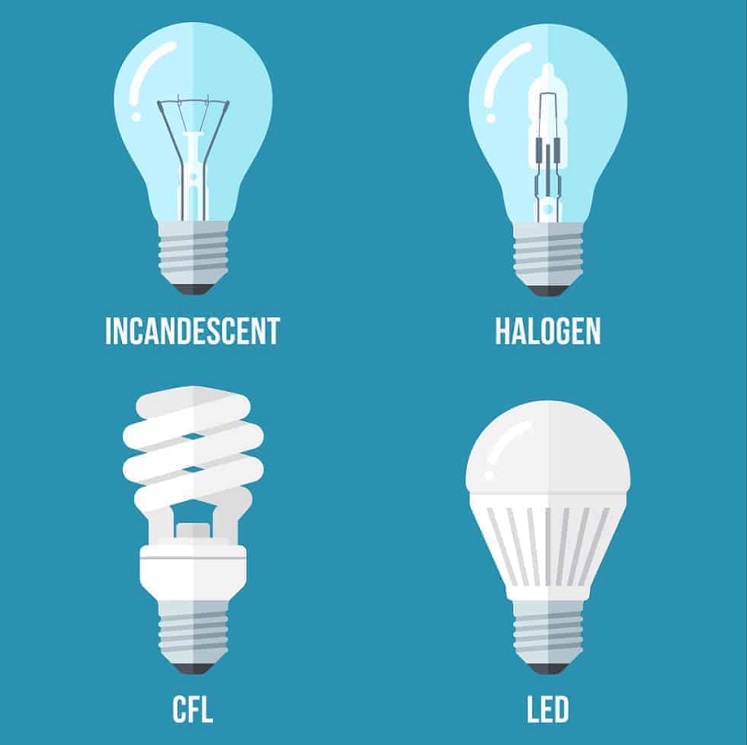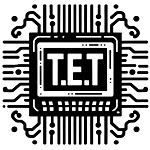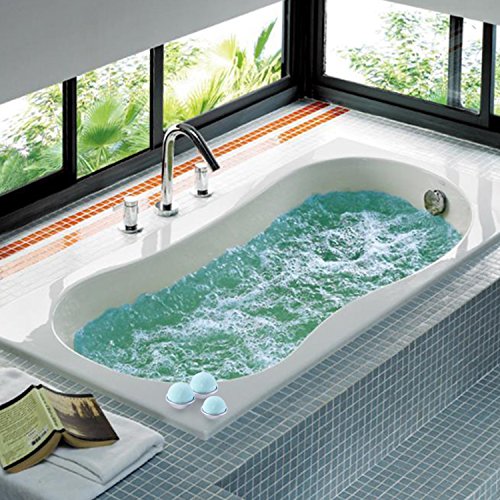Lighting plays a crucial role in creating ambiance and functionality in our homes. However, traditional incandescent bulbs can consume a lot of energy, leading to higher electricity bills and a larger carbon footprint. Fortunately, energy-efficient lighting solutions can provide the same illumination while saving money and reducing environmental impact. Here are the top five energy-efficient lighting options for your home.
1. LED Bulbs
Light Emitting Diodes (LEDs) have become the standard for energy-efficient lighting. They consume up to 80% less energy than incandescent bulbs and last 25 times longer. LEDs are available in various shapes and colors, making them versatile for any room.
- Advantages:
- Long lifespan (up to 25,000 hours)
- Instant brightness with no warm-up time
- Dimmable options available

2. CFL Bulbs
Compact Fluorescent Lamps (CFLs) are another popular energy-efficient option. While they take a few moments to reach full brightness, they consume about 75% less energy than traditional bulbs and can last up to 10 times longer.
- Advantages:
- Affordable and widely available
- Lower energy consumption
- Suitable for a variety of fixtures
3. Smart Lighting
Smart lighting systems allow homeowners to control their lighting remotely via smartphones or voice assistants. These systems often use LED technology, providing energy savings while offering customizable settings.
- Advantages:
- Remote control and scheduling options
- Ability to adjust brightness and color temperature
- Integration with home automation systems
4. Solar-Powered Lighting
Solar-powered lights harness energy from the sun, making them an eco-friendly option for outdoor lighting. These lights store solar energy during the day and automatically illuminate at night.
- Advantages:
- No electricity costs
- Easy installation without wiring
- Environmentally friendly
5. Halogen Bulbs
Halogen bulbs are a type of incandescent bulb that is slightly more energy-efficient. They use a halogen gas to increase brightness and longevity, providing about 30% more efficiency than traditional incandescent bulbs.
- Advantages:
- Bright, white light
- Dimmable and suitable for various fixtures
- Short warm-up time
Tips for Choosing Energy-Efficient Lighting:
- Consider the Space: Choose lighting based on the purpose of the room. For example, use brighter LED bulbs in kitchens or workspaces, while softer lighting may be suitable for living rooms.
- Look for ENERGY STAR Labels: ENERGY STAR-rated products meet strict efficiency guidelines, ensuring you’re purchasing high-quality, energy-efficient lighting.
- Utilize Natural Light: Incorporate daylight into your home’s lighting design by using mirrors and strategically placing windows to maximize natural light.
- Install Dimmer Switches: Dimmers allow you to adjust the brightness of your lights, saving energy and extending the life of your bulbs.
- Regularly Replace Old Bulbs: Even energy-efficient bulbs lose brightness over time. Replace them as needed to maintain optimal lighting conditions.
Conclusion
Choosing energy-efficient lighting solutions can significantly reduce your energy consumption, lower your electricity bills, and minimize your environmental impact. By investing in LED bulbs, CFLs, smart lighting, solar-powered options, and halogen bulbs, you can create a well-lit home that is both stylish and sustainable.


